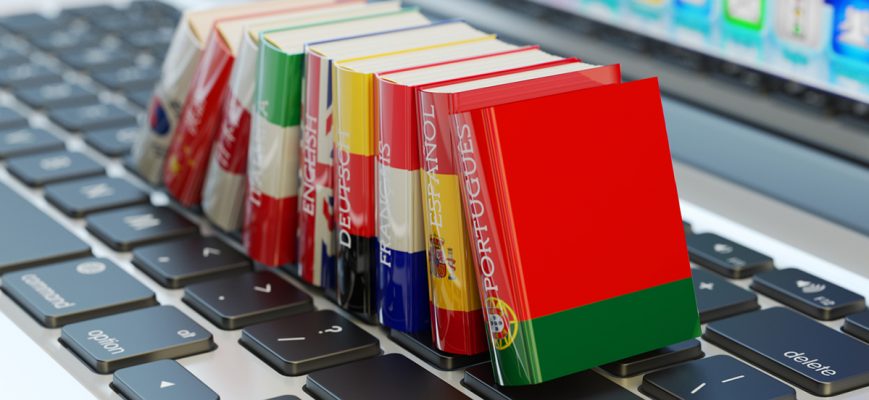Creating a Translation Memory for new clients
We have written a lot about how a Translation Memory (TM) saves time and money, as well as streamlining the entire translation process. The progress this field has seen in recent years have made TMs an invaluable tool for translation. So how do you go about creating a Translation Memory?
Find out more: Our Translation Methodology
What exactly is a Translation Memory?
Put simply, Computer Assisted Translation (CAT) software breaks a text down into small chunks, known as segments (a sentence or phrase). A Translation Memory is a database of equivalent segments in different languages. A client-specific TM stores all the segments pertaining to a particular client. This ensures that the terminology and brand messaging is consistent in all translations for them.
Translation memories are essentially databases which take advantage of previous translations. New texts are analysed by the software to check if any segments have been translated before, in which case the previous translation is suggested and the translator can choose whether to use it or not. TMs also store industry-related terminology, guaranteeing a precise and accurate translation of technical vocabulary, regardless of which translator worked on a given project.
Using a TM guarantees consistency throughout and between projects, facilitates parallel releases in multiple languages, permits linguists to focus on semantics and style, and reduces overall costs. TMs also allow greater flexibility in translation, adapting themselves to the needs of different clients, translators, and different contexts.
The use of CAT tools should not be confused with Machine Translation (MT). All translations should be performed by human translators and subsequently reviewed. Good translation agencies will be aware of the value this technology presents to customers.
Find out more: Optimising with Translation Memory
Creating a Translation Memory for new clients
It is possible to build a ‘retroactive’ TM. That is, using documents that have already been translated by someone else. When we start working with a customer who has existing documents translated, either in-house or by a different agency or translator, this process can be invaluable. Existing documents can be ‘fed’ into our TM software — both the original and the translation — and segments are ‘aligned’ alongside their translated versions. ‘Alignment’ is a program-loading optimisation — ideally the two files should be as close to identical as possible — which allows us to easily partner the correct match for each segment. A translator can then go through ‘populating’ a TM with any segments that match. Et voila! A ready-made TM has been created.
If this process is repeated with various documents, a functional and detailed TM can be build for each new client. Enabling them to take advantage of the savings associated with TM from the beginning of their partnership with QuickSilver Translate.
Find out more: Translation Memory FAQs
The benefits of creating a TM
Creating a unique, client-specific Translation Memory, will ensure that any translator who works on a document for that client will use the same terminology; even if there are two or more equally valid possible alternatives. At Quicksilver Translate we build a TM for each client. We use this TM exclusively with that client’s documents. Therefore the TM quickly ‘learns’ the customer’s preferences.
TMs are highly customisable, and the more they ‘learn’ about a particular client’s preferences, the more effective they are. In other words, the bigger they get, the better! Building a ‘retroactive’ Translation Memory can give your business a head start, and increase your translation ROI. Contact us and we can get started!

